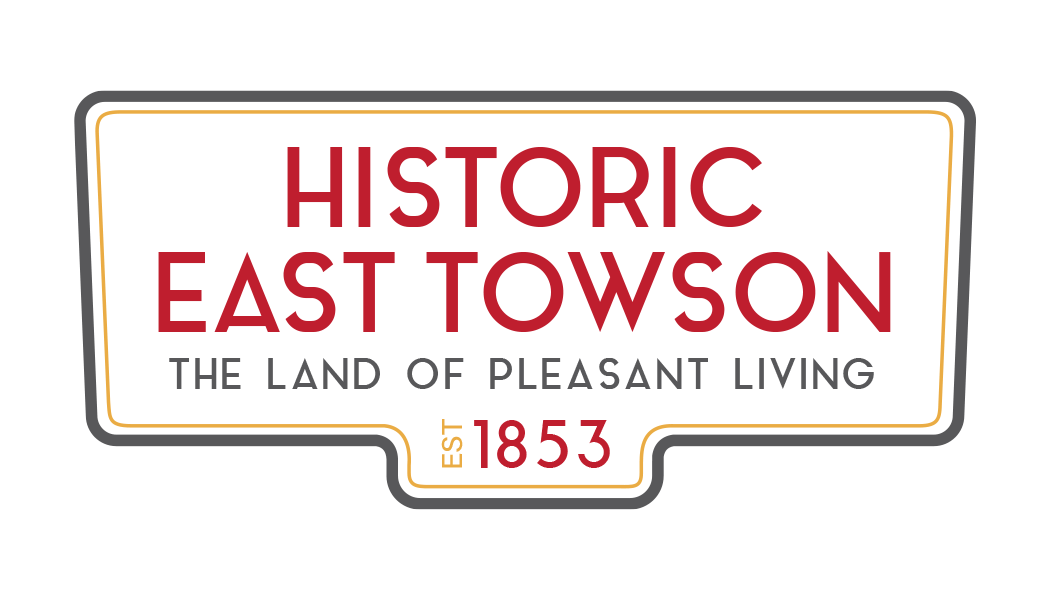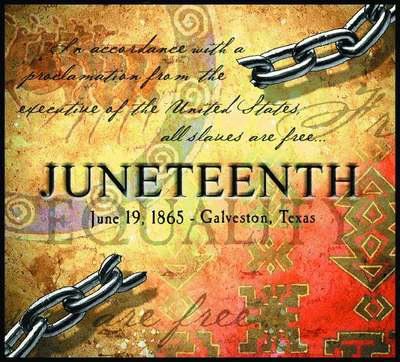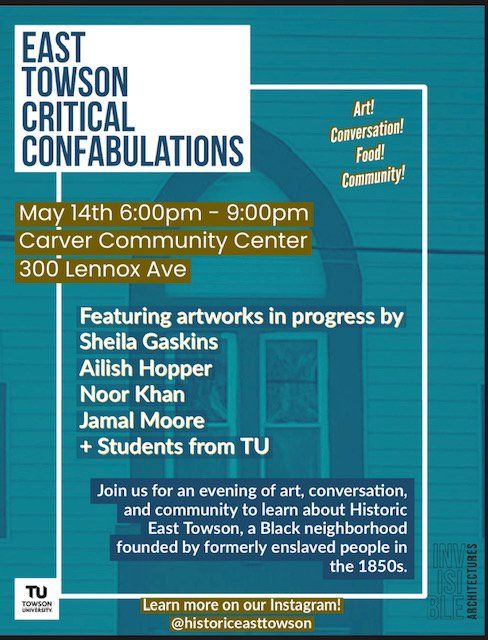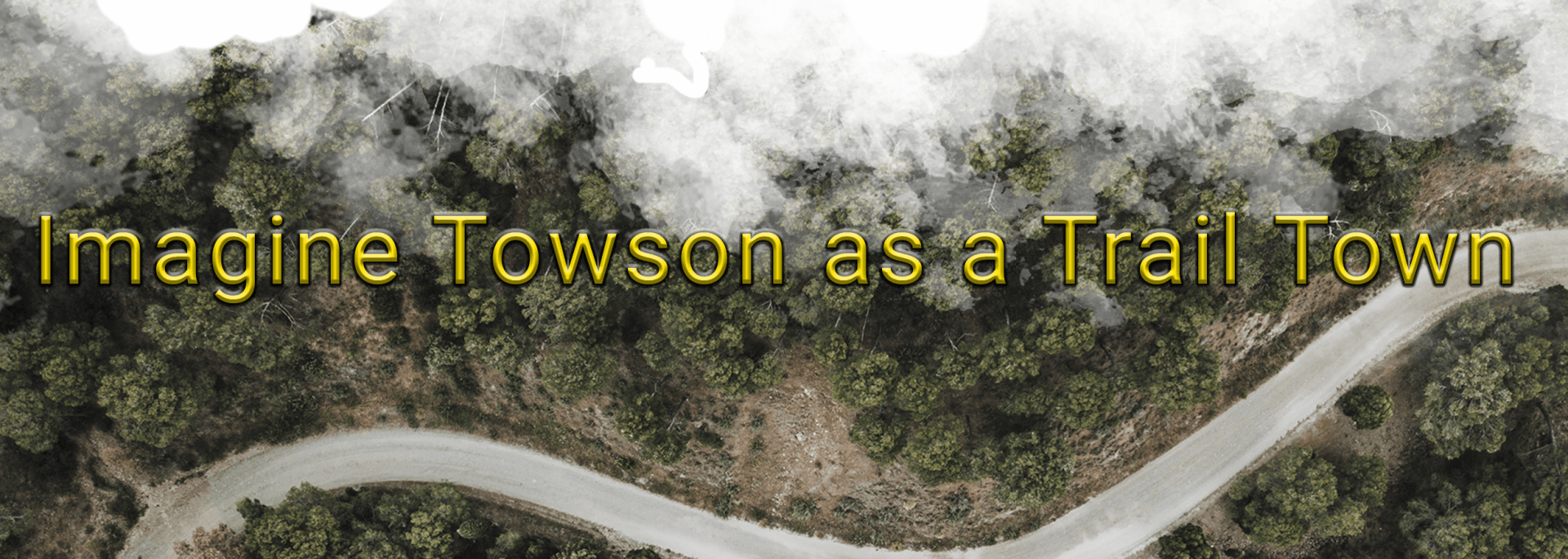Rooted in the Soil of the Hampton National Historical Site
The enduring legacy of Towson's forgotten Black settlement
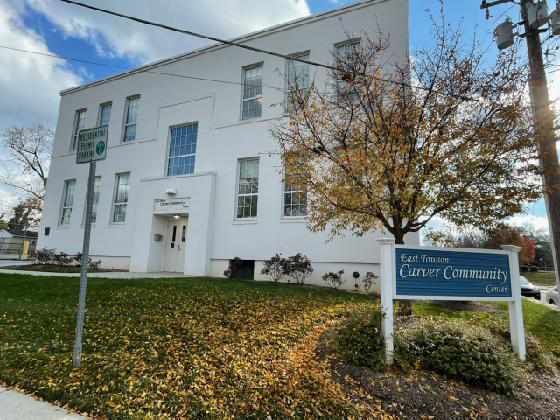
“Would not recommend…Tour was all about how hard it was to be a slave” went viral after one visitor to a former slave plantation in the South left an online review. It’s a tough but known reality. Many folks know all too well how one group’s discomfort often prevents important stories from being told. In response, on we go looking for a G-rated way to tell a horror story full of rape, murder, and unspeakable violence.
However there may just be the perfect storytelling juxtaposition with a reality-based present day backdrop. It’s a story about Towson, a prosperous unincorporated community just north of Baltimore city that Niche.com rates as “one of the best communities to live in Maryland.” Little known to most and hiding (purposefully) in plain sight at the center of the thriving downtown area lies the forgotten and neglected Black settlement called Historic East Towson - a place that has suffered mightily from the legacy of slavery, the Doctrine of Exclusion (the historic precursor to redlining) and a County government’s blind loyalty to real estate developers at the expense of its Black residents.
But that old story’s been told over and again.
The hook this time? In a word, consanguinity. Historical records prove that the few remaining residents of this settlement are direct living descendants of slaves owned by the family of Maryland’s 15th Governor, Charles Carnan Ridgely on the Hampton plantation, just five miles away. Back then, it was a sprawling 25,000 acre slave plantation. Today, it’s a 62 acre designated National Historic Landmark in Towson, Maryland owned by the US National Park Service. Once it was widely known as the largest, most vicious, yet most prosperous slave plantation in the State. Today, hardly a contiguous neighbor knows anything about it and visitors are hard pressed to find a single placard about its dark past.
The plantation was owned and operated by the Ridgely family for seven generations, from 1745 to 1948, and played a significant role in the economic and social development of Towson. While the Ridgely family is known for their contributions to the development of the region, the plantation's history and Historic East Towson also reflects the difficult legacy of slavery in the United States and in the Baltimore area.
The intentional separation of races was most visible in housing patterns and traces its roots to the “1638 Maryland Edict/Doctrine of Exclusion” which prohibited the sale of wide swaths of property - including prime tracts in Towson including all of the Hampton estate, Goucher College and other locations - to any Black people. This practice, enshrined in public policy, created lasting negative economic and social impacts. “Redlining”, the 20th-century extension of the Doctrine, where banks, finance, and insurance companies intentionally refused to issue Blacks mortgages, while steering them into segregated industrial and less desirable neighborhoods.
Thus the story of Historic East Towson, the dumping ground for things some white folks didn’t want in their own neighborhoods, and easy pickings for new things they did want: One one hand, a massive BGE power substation relocated into the heart of the neighborhood in 1965, erasing eight homes and situated “within spitting distance” from one resident’s bedroom window. On the other hand, when folks wanted the Towson bypass in the 1980s, East Towson homes were destroyed. And when Stanley Black and Decker wanted a parking lot, more Black homes were razed. Indeed, the District Courthouse, the Towson library and four affordable housing projects are also encroached on land that was originally part of the East Towson community.
This year, as we celebrate the 2023 Juneteenth National Independence Day, Ms. Nancy Goldring (left), the hamlet’s “unofficial mayor” and living descendant of Nancy Davis (the slave pictured in the famous portrait with Eliza Ridgley III, the child of the 15th Governor), will host a solemn prayer service on the grounds of the Hampton site on Saturday, June 17th, 2023. It is her hope that the event will bring needed attention to the latest years long encroachment battle, opposing the Red Maple Place “affordable housing” project, despite her limited resources. Now before the Maryland Court of Special Appeals, the community awaits the ruling.
While the Hampton site is known for its beauty and rich history, it's time to recognize it within the proper historical context to Historic East Towson, the impact of property exclusion, and the difficult legacy endured by the living descendants still residing proximate to their ancestral burial grounds on the former plantation. This recognition can help promote healing and reconciliation and contribute to efforts addressing historic wrongs to create a more just and equitable society.
And for those still averse to the discomfort of this slave story, there’s something for you too! Please stop by the celebration beginning after the prayer service. That way, it ain’t so heavy and we can simply be neighbors enjoying live music performed by the Blackbirds, and eating plenty of barbeque, watermelon and red soda!
Still not moved? Here’s one final reason to hang out: I’m told Nancy may have an historic announcement! Fingers crossed, and hope to see you there!
John W. Davis, II, 5/2/23
This project was funded through the NeighborSpace Portals for Our Partners Program and the United Way of Central Maryland
MENU
GET IN TOUCH
STAY CONNECTED
Sign up for our newsletter and find out more
Contact Us
Thank you for joining our community. We will protect and respect your information per our privacy policy.
Please try again later
